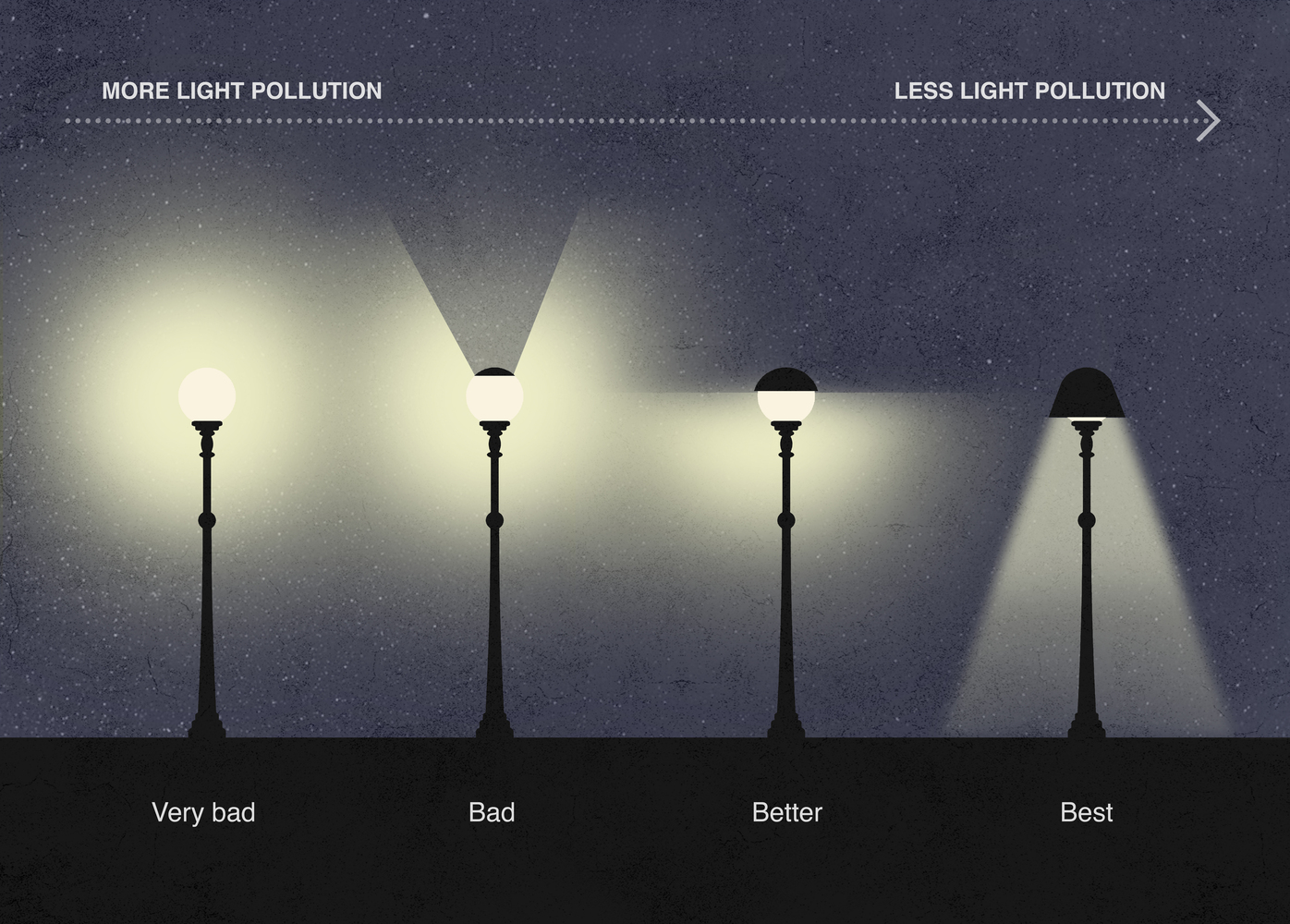How to Reduce Light Pollution With Street Light Design?
A recent study suggests that our home galaxy, the Milky Way, cannot be seen by one-third of humanity. Why? Millions of city lamps brighten our cities every night, but only part of their light is used to actually illuminate streets or sidewalks – the rest is lost and emitted above the horizon, brightening the night sky and contributing to what is known as light pollution. However, as the artificial glow from towns and cities increases every year, the consequences of this urban phenomenon go beyond just preventing us from seeing stars. Other harmful effects include: causing a hazardous glare that can reduce safety, excessive energy consumption, waste of money and resources, disruption of ecosystems’ natural day and night cycles, suppression of melatonin production and several negative repercussions on public health. In this sense, choosing the right lamps (with a well thought-out design) is crucial to reduce light pollution.
Even though there are other elements that contribute to this phenomenon – such as billboards, signs and illuminated facades – a lot of it is due to inefficient light fixtures. Of course, street lighting is necessary in urban environments to ensure visibility and safety. Therefore, rather than decreasing the number of lights, it ultimately comes down to good design, which is precisely were architects and designers play a key role.


 Picture: Valeria Montjoy (ArchDaily)
Picture: Valeria Montjoy (ArchDaily)
Comments :